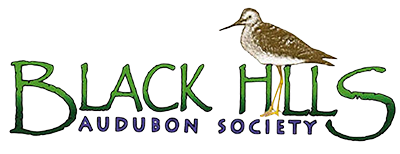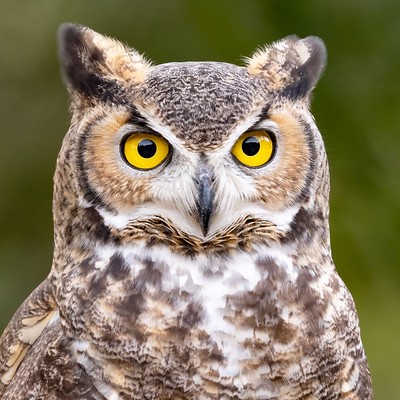TWO WAYS TO DONATE THROUGH YOUR IRA
It’s “that time of year”, and people are thinking about making donations to support their favorite causes. If BHAS is on your list, there are several ways to financially contribute beyond writing a check. Two of them involve using your IRA. It’s as simple as filling out a form from your plan administrator. Here’s what you need to know:
1. IRA Charitable Distribution
When can this take place? Now, In the present
Who can make this kind of gift? People age 70 ½ or older (even when your Required Minimum Distribution starts at age 73)
Is there a limit on the amount? Yes, $100,000 per donor, per year
How is it done? Fill out a form provided by your plan administrator
Is my gift taxable? As long as your gift is made directly from your plan administrator, qualifying IRA gifts are not subject to federal income tax
How do I let BHAS know about my gift? Email or call us with the name of your financial institution and the amount of your gift. Some companies do not provide the donor’s name.
2. Beneficiary Designation
When can this take place? After your lifetime
Who can make this kind of gift? Anyone at any time
Is there a limit on the amount? No limit but may require spousal approval if over 50% of the account total
How is it done? Fill out a form provided by your plan administrator
Is my gift taxable? No, your gift would not be subject to tax (although a comparable gift made to your heirs would be taxable)
How do I let BHAS know about my gift? Please contact us. We can provide assistance as needed and would love to thank you.
If you decide one or both of these options are right for you, you will need the following information on your forms:
Legal Name: Black Hills Audubon Society
Address: P.O. Box 2524 Olympia WA 98507
Tax ID: 91-1491678
How your gift will be used: Black Hills Audubon uses donations to support its mission to maintain and protect our ecosystems for future generations through advocacy, environmental education, and community research. Legacy funds will be used to directly benefit conservation of wildlife, especially birds.
Photo credit: Great Horned Owl, by Mick Thompson.

